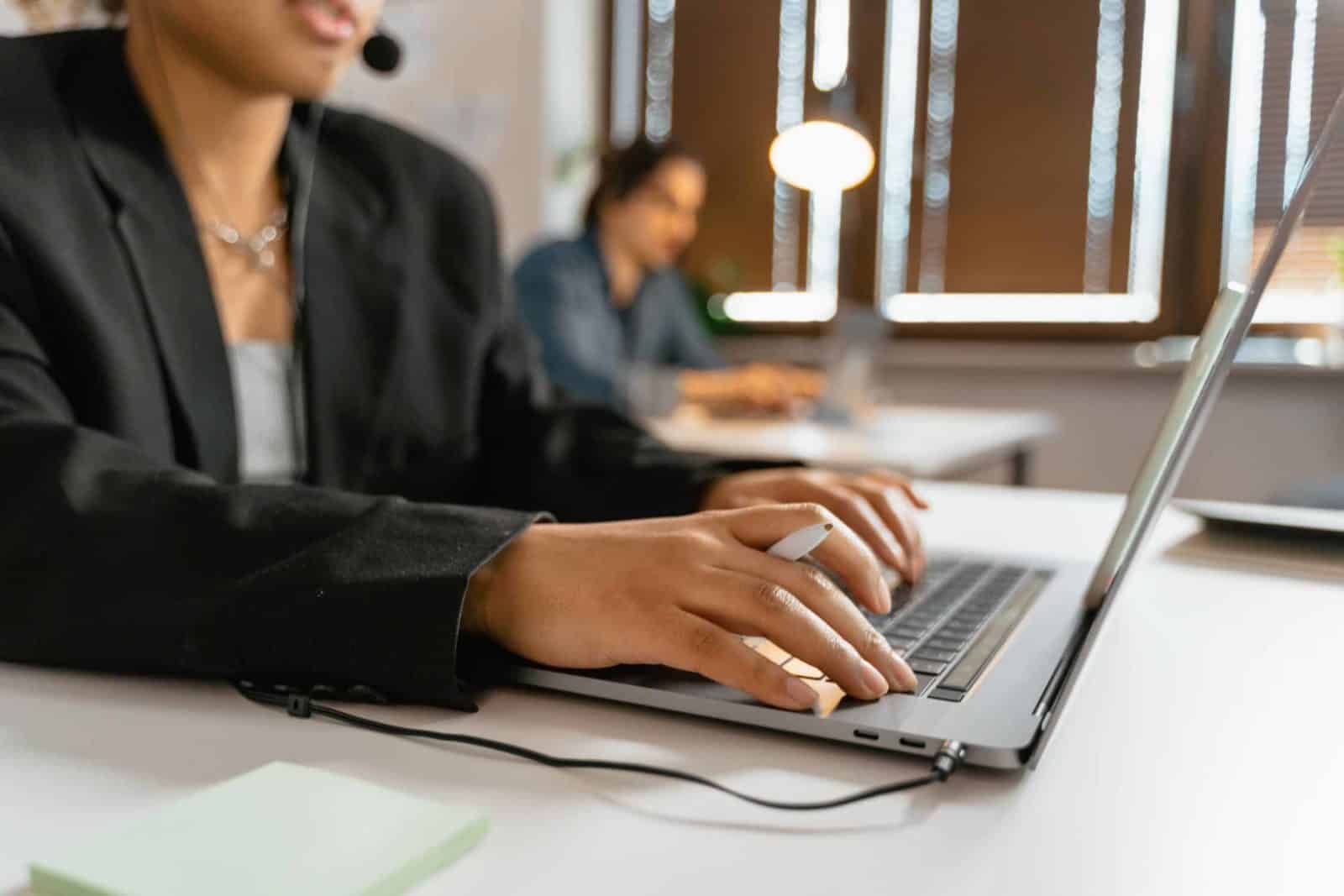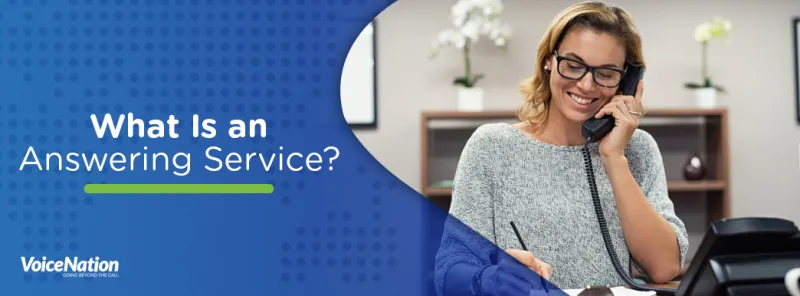All Categories
Featured
Table of Contents
- – What Is The Best How Does An Answering Service ...
- – What Is The Best How To Start An Answering Ser...
- – Which Is Best Outsource Answering Service Comp...
- – What Is The Best Business Answering Services ...
- – Who Is The Best 24/7 Live Telephone Answering...
- – What Are The Top 10 What Are Business Call A...
What Is The Best How Does An Answering Service Work? For Me
This gadget and its followers were developed by Sava Jacobson, an electrical engineer with a personal consulting organization. While early voice mail utilized magnetic tape innovation, most contemporary equipment uses solid state memory storage; some devices utilize a combination of both, with a solid-state circuit for the outbound message and a cassette for the inbound messages.
"toll saving" listed below) (phone answering service). This works if the owner is evaluating calls and does not want to talk with all callers. In any case after going, the calling party should be notified about the call having actually been answered (in many cases this starts the charging), either by some remark of the operator, or by some welcoming message of the little, or resolved to non-human callers (e.
This holds particularly for the Little bits with digitally saved welcoming messages or for earlier devices (before the increase of microcassettes) with an unique limitless loop tape, separate from a 2nd cassette, committed to recording. There have actually been answer-only gadgets with no recording capabilities, where the greeting message needed to inform callers of a state of existing unattainability, or e (reception services).
What Is The Best How To Start An Answering Service Business To Buy In 2023?

about availability hours. In tape-recording Littles the greeting usually consists of an invite to leave a message "after the beep". A voice mail that uses a microcassette to record messages On a dual-cassette answerphone, there is an outgoing cassette, which after the defined variety of rings plays a pre-recorded message to the caller.

Single-cassette answering makers consist of the outgoing message at the start of the tape and incoming messages on the staying area. They first play the announcement, then fast-forward to the next available area for recording, then record the caller's message. If there are lots of previous messages, fast-forwarding through them can trigger a considerable hold-up.
This beep is frequently referred to in the greeting message, asking for that the caller leave a message "after the beep". Little bits with digital storage for the recorded messages do disappoint this hold-up, naturally. A little might offer a push-button control center, whereby the answerphone owner can sound the house number and, by getting in a code on the remote telephone's keypad, can listen to recorded messages, or delete them, even when far from home.
Which Is Best Outsource Answering Service Company Sri Lanka Lg Or Whirlpool

Therefore the machine increases the variety of rings after which it addresses the call (typically by 2, resulting in 4 rings), if no unread messages are currently kept, however answers after the set number of rings (normally 2) if there are unread messages. This permits the owner to learn whether there are messages waiting; if there are none, the owner can hang up the phone on the, e.
Some machines also enable themselves to be remotely triggered, if they have been switched off, by calling and letting the phone ring a specific big number of times (usually 10-15). Some provider desert calls currently after a smaller number of rings, making remote activation impossible. In the early days of TADs a special transmitter for DTMF tones (dual-tone multi-frequency signalling) was regionally required for remote control, because the previously used pulse dialling is not apt to convey suitable signalling along an active connection, and the dual-tone multi-frequency signalling was implemented step-by-step.
Any incoming call is not recognizable with respect to these residential or commercial properties in advance of going "off hook" by the terminal devices. So after going off hook the calls need to be switched to appropriate devices and only the voice-type is immediately available to a human, however maybe, nevertheless ought to be routed to a TAD (e.
What Is The Best Business Answering Services - Virtual Receptionists For Your Money
What if I informed you that you do not have to really get your gadget when addressing a consumer call? Somebody else will. So convenient, right? Answering call doesn't need somebody to be on the other end of the line. Effective automated phone systems can do the trick simply as effectively as a live agent and often even much better.
An automated answering service or interactive voice action system is a phone system that communicates with callers without a live individual on the line - answer phone service. When business utilize this technology, customers can get the answer to a concern about your service simply by utilizing interactions set up on a pre-programmed call circulation.
Although live operators upgrade the client service experience, lots of calls do not require human interaction. A simple recorded message or instructions on how a consumer can retrieve a piece of information generally resolves a caller's instant need - business answering service. Automated answering services are an easy and effective way to direct incoming calls to the best individual.
Who Is The Best 24/7 Live Telephone Answering Services In Australia Company?
Notice that when you call a business, either for assistance or product questions, the first thing you will hear is a pre-recorded voice welcoming and a series of alternatives like press 1 for customer care, press 2 for queries, and so on. The pre-recorded alternatives branch out to other choices depending on the client's choice.
The phone tree system helps direct callers to the ideal person or department utilizing the keypad on a smart phone. In some circumstances, callers can use their voices. It's worth noting that auto-attendant choices aren't limited to the ten numbers on a phone's keypad. As soon as the caller has picked their first option, you can develop a multi-level auto-attendant that uses sub-menus to direct the caller to the best sort of assistance.
The caller does not have to communicate with a person if the auto-attendant phone system can handle their concern. The automated service can path callers to a staff member if they reach a "dead end" and require help from a live agent. It is expensive to work with an operator or executive assistant.
What Are The Top 10 What Are Business Call Answering Services? - Chalkboard?
Automated answering services, on the other hand, are significantly more economical and provide substantial cost savings at an average of $200-$420/month. Even if you don't have actually committed personnel to manage call routing and management, an automated answering service improves efficiency by enabling your team to focus on their strengths so they can more efficiently invest their time on the phone.
A sales lead routed to customer care is a lost shot. If a client who has item questions reaches the incorrect department or gets incomplete answers from well-meaning staff members who are less trained to handle a particular kind of question, it can be a reason for frustration and frustration. An automatic answering system can lessen the number of misrouted calls, therefore helping your employees make much better use of their phone time while maximizing time in their calendar for other jobs.
With Automated Answering Systems, you can produce a tailored experience for both your personnel and your callers. Make a recording of your primary greeting, and just upgrade it frequently to reflect what is going on in your organization. You can develop as many departments or menu alternatives as you want.
Table of Contents
- – What Is The Best How Does An Answering Service ...
- – What Is The Best How To Start An Answering Ser...
- – Which Is Best Outsource Answering Service Comp...
- – What Is The Best Business Answering Services ...
- – Who Is The Best 24/7 Live Telephone Answering...
- – What Are The Top 10 What Are Business Call A...
Latest Posts
Efficient Answering Service Pricing – Brisbane 4000
Honest After Hours Answering Near Me – Perth 6008
Honest Receptionist Service
More
Latest Posts
Efficient Answering Service Pricing – Brisbane 4000
Honest After Hours Answering Near Me – Perth 6008
Honest Receptionist Service